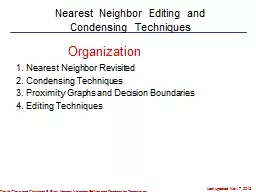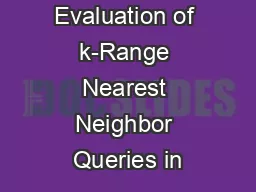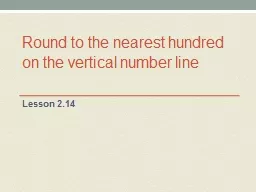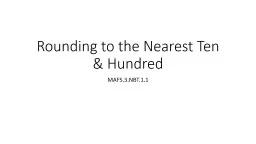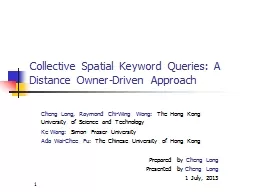PPT-1 Exact Top-k Nearest Keyword Search
Author : aaron | Published Date : 2018-09-16
in Large Networks Minhao Jiang Ada Wai Chee Fu Raymond ChiWing Wong The Hong Kong University of Science and Technology The Chinese University of Hong
Presentation Embed Code
Download Presentation
Download Presentation The PPT/PDF document "1 Exact Top-k Nearest Keyword Search" is the property of its rightful owner. Permission is granted to download and print the materials on this website for personal, non-commercial use only, and to display it on your personal computer provided you do not modify the materials and that you retain all copyright notices contained in the materials. By downloading content from our website, you accept the terms of this agreement.
1 Exact Top-k Nearest Keyword Search: Transcript
Download Rules Of Document
"1 Exact Top-k Nearest Keyword Search"The content belongs to its owner. You may download and print it for personal use, without modification, and keep all copyright notices. By downloading, you agree to these terms.
Related Documents




